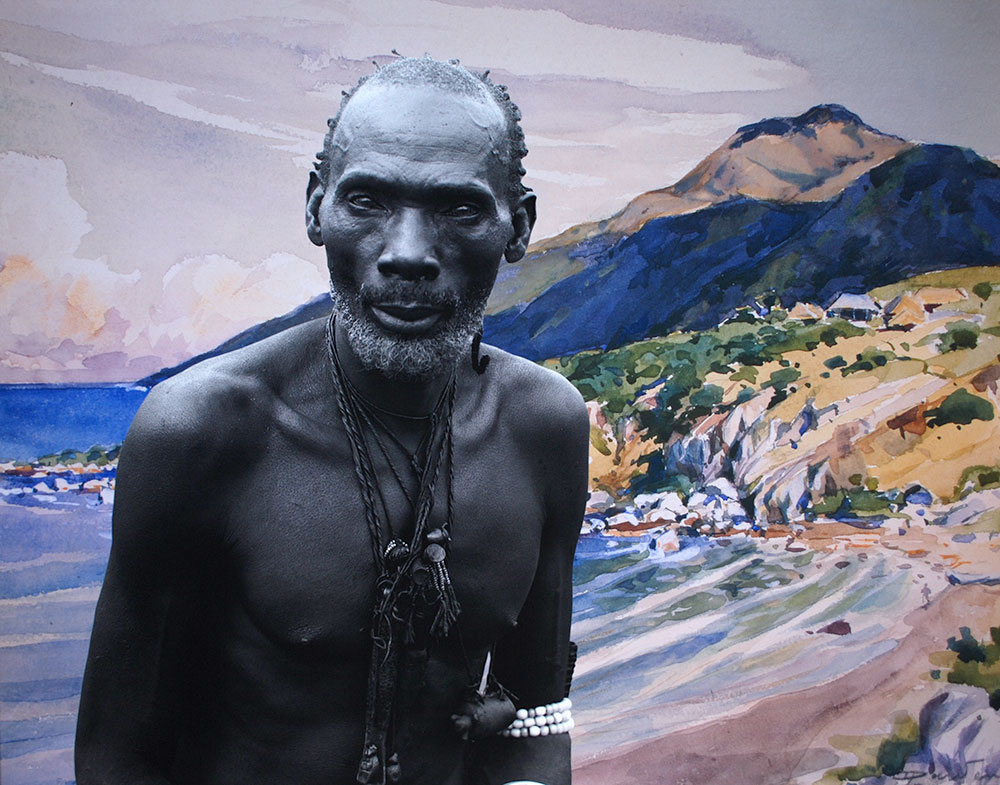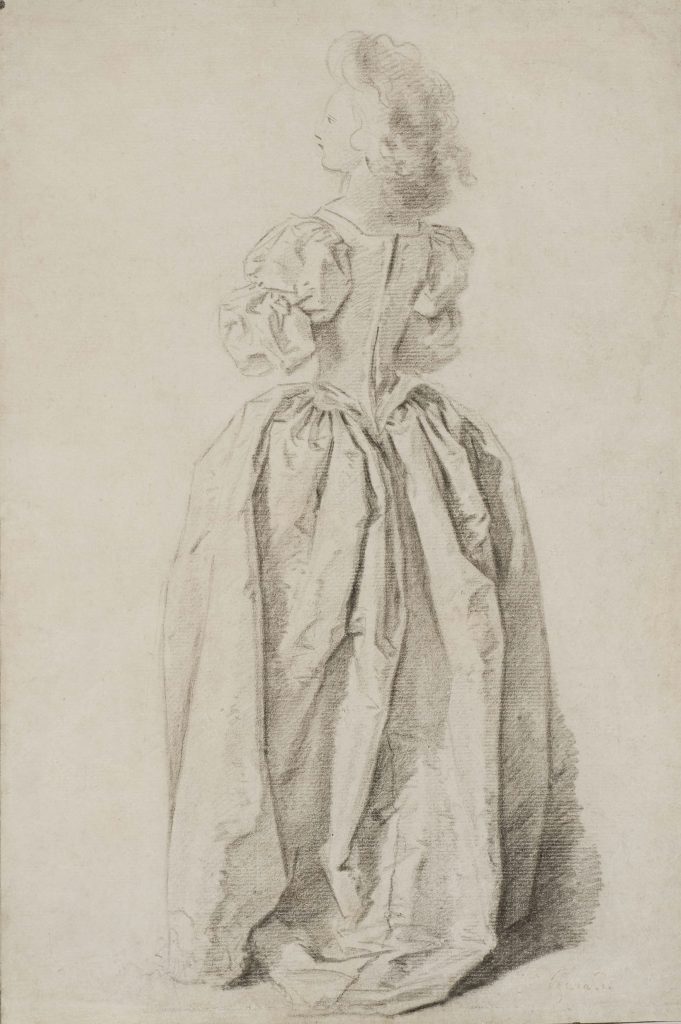
By: Elizabeth Manekin
As is true in lots of encyclopedic collections, much of the artwork in the Ackland was never intended to be in a museum. Made for religious rituals, mass markets, burial sites, and banquet tables, it lives in harmony alongside works that were intended for gallery walls. We collect and combine the gamut as “Art.”
Perhaps my favorite part of my job is teaching and learning about these diverse objects from multiple perspectives. Teaching in the galleries, I regularly engage in lively discussion with students and faculty; in the Study Gallery, I get to put some of those conversations on the wall.
The artwork in the Study Gallery aligns with course objectives from all corners of the University, and its organization often eschews the traditional display categories of country or chronology. I work closely with faculty to determine which works of art will enhance their course and its learning goals. The art might illuminate a cultural context, or push students to consider a familiar concept from a new perspective. Works of art may develop new competencies, of empathy or visual literacy for example, or might be a platform for further research, reflection, and creative response. With two eight-week installations per semester, there’s always something new to see and consider on view.
This semester is no exception. In our first rotation, for example, graduate students in the Masters of Arts in Teaching (MAT) program visited the Ackland’s Study Gallery on multiple occasions as they investigated experiential learning. Students examined the different experiences depicted in the artwork and reflected upon their own experiences of looking at and talking about art. As students looked repeatedly, they evaluate the concepts that define experiential learning and how they relate to their work in the classroom.
Also on view were works for the Art History courses “Introduction to Architecture” and “Art and Sports,” which presented multiple representations of building and athletes, respectively. Students in a Renaissance history course used works of art on view in the Study Gallery to learn to read visual and material primary sources. A Women’s and Gender Studies class analyzed photography and thought
about issues of identity. Graduate students in musicology explored the influence of Russian refugees on global artistic production in the wake of the Revolution in 1917. This last course coincided with a graduate-organized conference, and their scholarship was accessible in the gallery.
Anyone of these Study Gallery installations is engaging on its own, but I also love the challenge of figuring out the ways in which these separate courses are in dialogue with one another. This semester, the theme of how we form identities, as individuals and as nations, is an undercurrent. In what ways do both the buildings around us and the sports teams we root for shape our sense of self in relation to the world outside? How do we draw the boundaries of “otherness”? What are the roots of our faith in reason and logic? What role do we play in shaping our own identities? These are big, difficult questions, helped along by the experience of looking closely at what is sometimes a small and specific thing. For all visitors, the Study Gallery is a window into the classrooms at Carolina and an invitation to ask these questions on your own.
I invite you to come to the Ackland’s second-floor Study Gallery. Look closely and think big. Pick up a syllabus. Discuss issues with a friend. The Study Gallery is for everyone!
Sammy Baloji, Congolese, born 1978, Kalamata, chief of the Luba against watercolor by Dardenne, 2011, medium archival digital photograph on Hahnemuhle Paper, 39 9/16 x 53 3/8 in. (100.5 x 135.6 cm). Ackland Art Museum, University of North Carolina at Chapel Hill. Acklan Fund, 2016.6.


